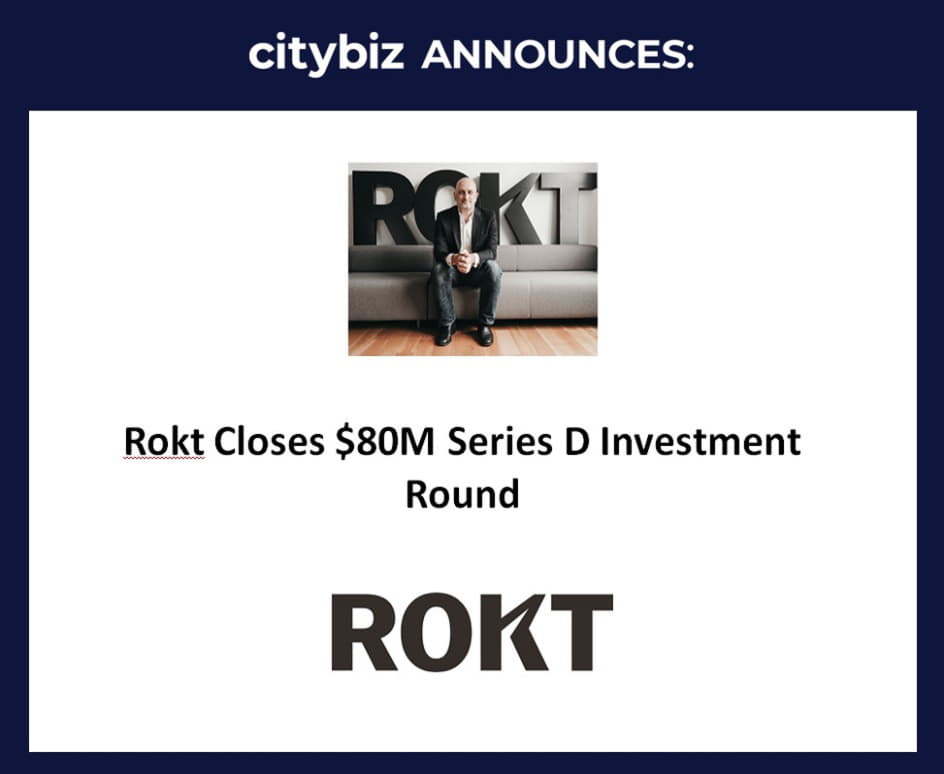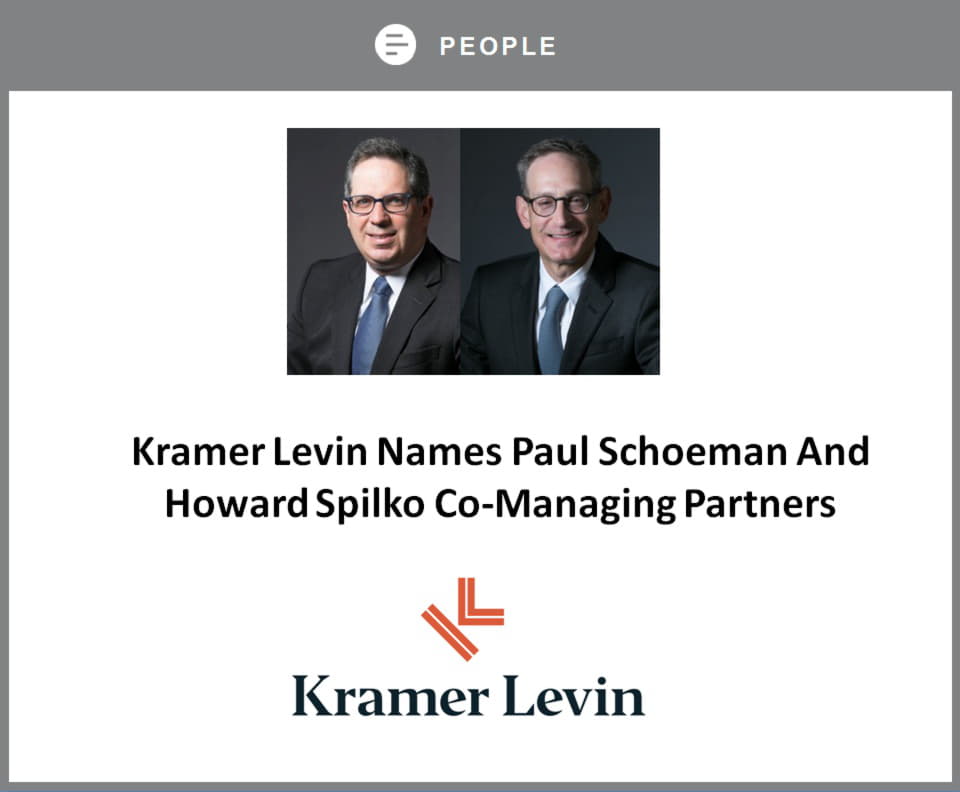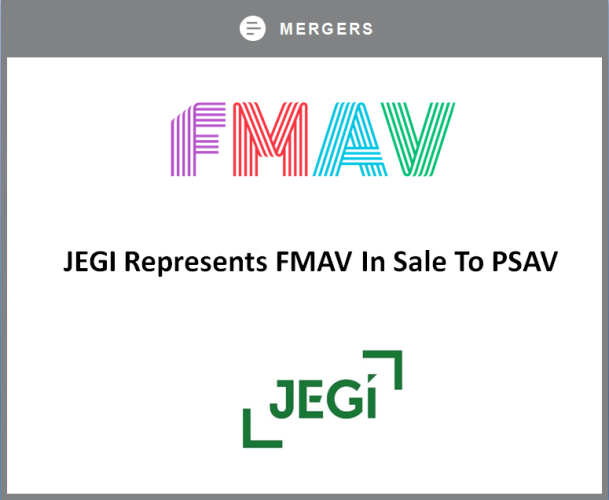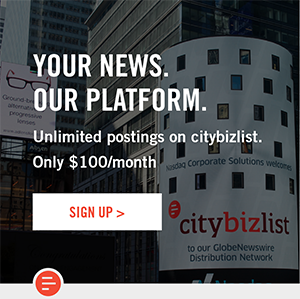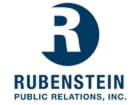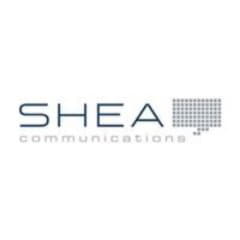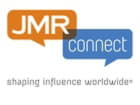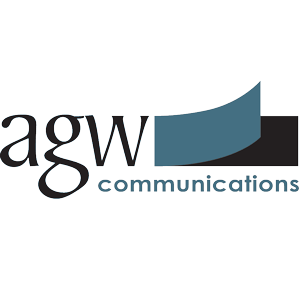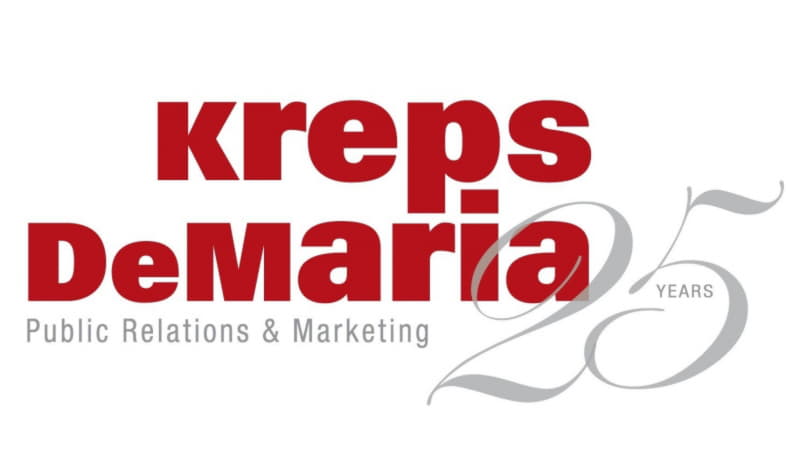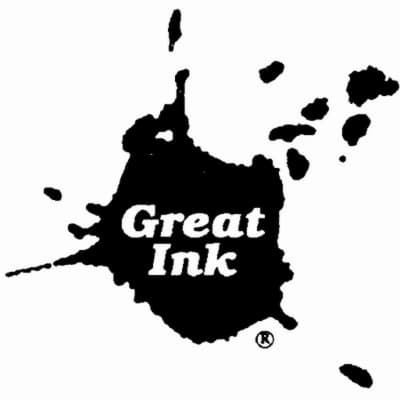Summary
- Teladoc Health is rapidly growing revenue and operates in a growing sector of the economy.
- Combining with Livongo Health gives the company access to a larger addressable market.
- Teladoc is trading around 18x projected 2020 sales.
- This article seeks to quantify the growth assumptions baked into the current share price.
This article is the third in my 'quantitative valuation' series in which I explore valuations of high-growth technology companies. My first article on this topic was about Slack (WORK); that article contains an overview of my way of thinking quantitatively about companies that are growing quickly but are not profitable. As a brief refresher, my model relies on five key estimates: Total Addressable Market (TAM), the share of the total market that the company can reasonably hope to capture, the company's net margin once it has reached scale, the PE multiple the market will be willing to assign to the company once it has reached its peak market share, and the annual rate at which the company will compound revenue growth until it reaches peak market share. The goal is to estimate what the company's market cap will be by the time it stops growing and how long it will take the company to reach that point. The final result will be an estimated annual rate of return an investor can expect to receive if they invest in the company. In this article, I will be applying the model to Teladoc Health (TDOC).
A Quick Overview of Teladoc Health
TDOC describes itself as:
" ...the largest and most trusted global leader of comprehensive virtual healthcare services. We are forging a new healthcare experience with better convenience, outcomes and value. Our mission is to transform how people access healthcare, delivering an improved experience with better convenience, outcomes and value for individuals, providers and Clients. We provide virtual access to high-quality care and expertise, with a portfolio of services and solutions covering more than 450 medical subspecialties from non-urgent, episodic needs like flu and upper respiratory infections, to chronic, complicated medical conditions like cancer and congestive heart failure."
(Source: Company 10-K)
The company has recently completed a merger with Livongo Health (LVGO), and the combined company will be the largest player in the virtual healthcare space, with a strong data analytics offering and a large network of multi-specialty physicians.
I am keeping the business overview section brief, as the goal of this article is to explore valuation scenarios rather than provide a deep dive on the inner-workings of the company. I will assume the reader has at least a basic understanding of how TDOC conducts its business. There are many other articles here on SA that go into a lot more detail about TDOC's business structure; I would encourage those looking for a deeper dive on the company's operations to check them out.
A quick overview of TDOC's recent financial performance, based on reported Q3 results: the company is on track to bring in about $1 billion in revenue for 2020, an increase of nearly 100% compared to 2019. The company's gross margins are north of 60%, though the company's net margins are negative. TDOC generated positive cash flow from operations in 2019 and is on track to do so again in 2020. The company's balance sheet has net $0 debt, with ~$1 billion in cash being offset by ~$1 billion in debt, as of the end of Q3. At the time I was putting this article together, TDOC had a market cap of $18 billion.
Some Discussion Around Estimates
A valuation model is only as good as the estimates it uses, so I want to talk about each one at a high level before going into the valuation scenarios:
TAM
TAM is always a bit tricky to estimate, especially the further out into the future you go. For these valuation exercises, I generally accept a company's own estimate for their TAM, but I take it with a grain of salt when considering conservative scenarios. I understand that a company has an incentive to inflate their TAM, but it is also true that many of these companies operate in growing industries and industry growth is not fully baked into my model. TAM rarely ends up being the constraining factor in a valuation anyway; if the TAM I use in my model underestimates the true TAM, then the revenue growth rate and time to reach peak market share end up constraining the model instead. TDOC uses $121 billion as their estimated addressable market, post Livongo merger.


